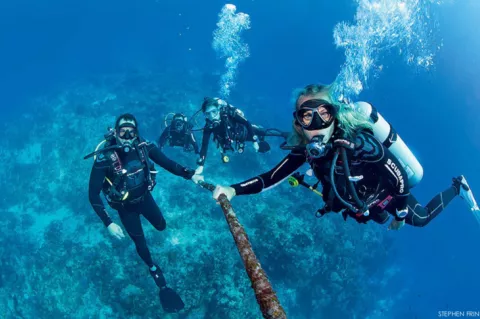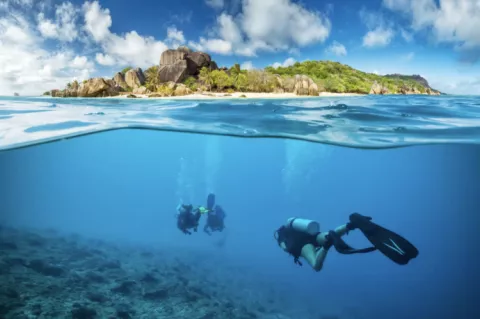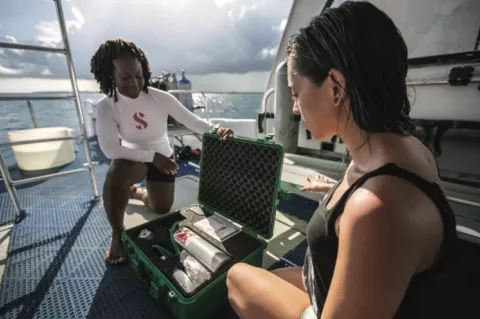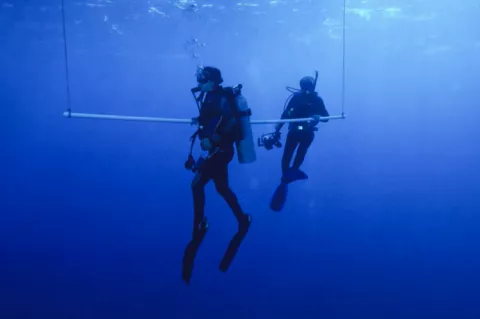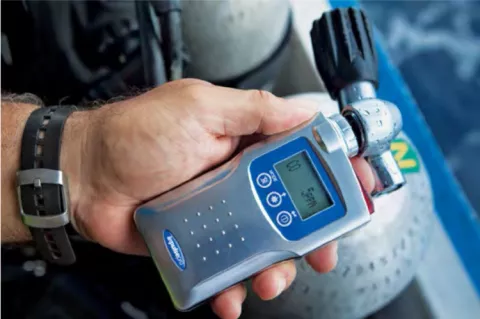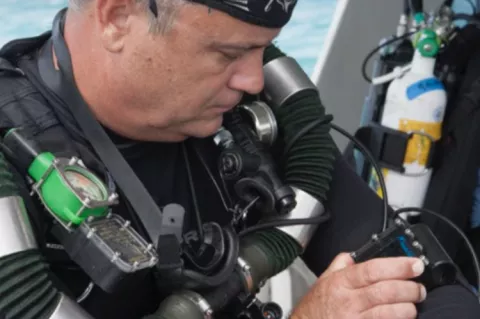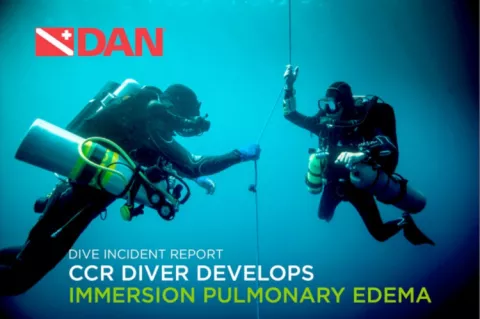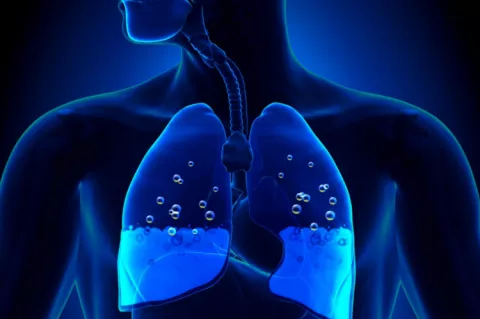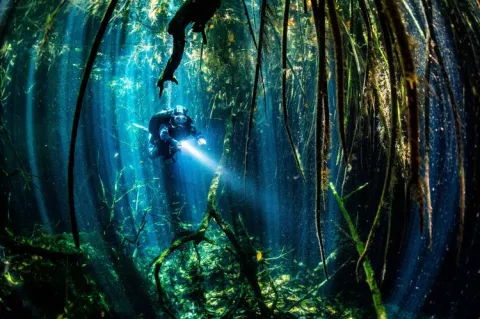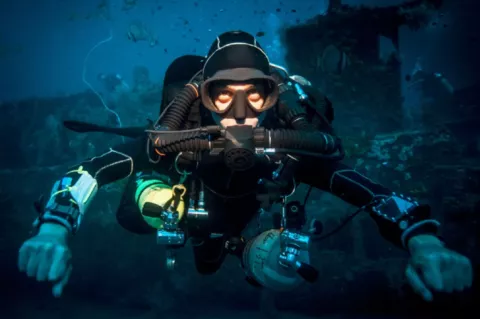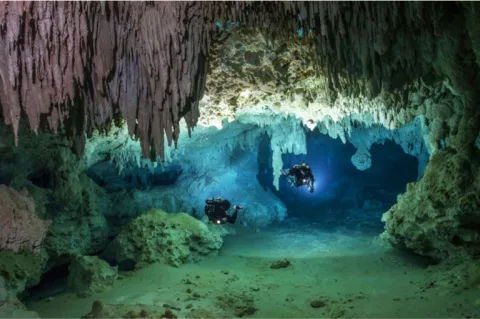Hypothermia & Diving
Diving on a blistery morning can be fun, but shivering your way through an hour of decompression can put you on a fast track to the local chamber. It is up to you to make sure that you are adequately prepared for your dive, and for the aftermath. It is easy to end up cold on a dive through no fault of your own, but knowing the signs and symptoms of hypothermia before you dive will help you know when you might be pushing things just a little too far.
- Read more about Hypothermia & Diving
- Log in to post comments

